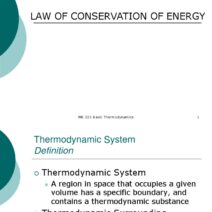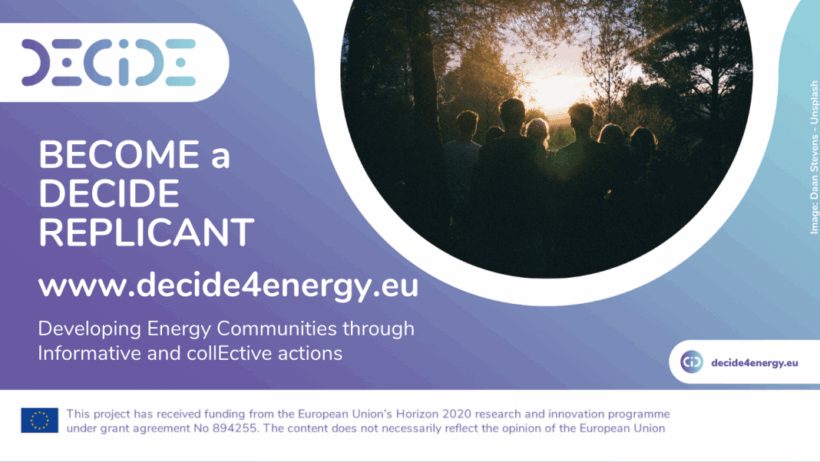As communities around the globe grapple with the repercussions of climate change, the emphasis on energy conservation grows ever more paramount. Referencing our collective ability to instigate meaningful change through cohesive action, this guide illuminates the multifaceted strategy of conserving energy within a community. In a world characterized by rampant consumption and waste, examining both the roots of our energy usage and the avenues available for reduction serves to forge a more sustainable future.
Energy conservation is not merely a personal endeavor; it is a communal commitment. It touches upon our shared environmental ethos and the necessity for collaborative initiatives. To achieve significant energy savings, communities must adopt a tactical blueprint, one that embraces inclusivity and engages various stakeholders.
1. Understanding the Energy Landscape
The first step toward effective energy conservation is comprehending the community’s energy consumption habits. Detailed analysis of energy usage patterns can reveal unexpected trends and areas ripe for improvement. Utilizing smart meters and energy audits can provide insights that help identify peak usage times and areas of inefficiency. By sharing these insights with community members, a foundation of awareness is established, facilitating a collective commitment to change.
2. Fostering Awareness and Education
Educating community members about the importance of energy conservation cultivates a culture of sustainability. Workshops, seminars, and digital campaigns can illuminate the benefits of energy conservation, both environmentally and economically. The integration of school programs focused on sustainability can nurture the next generation’s understanding of energy consumption and its impact on the planet. Engaging local experts can enrich these educational efforts, providing credible information that resonates with diverse audiences.
3. Implementing Community-Based Projects
Once awareness is established, communities can spearhead projects designed to reduce energy consumption. Initiatives might include:
- Community Solar Initiatives: Establishing communal solar energy systems can provide clean power for participants, offsetting reliance on fossil fuels.
- Energy Efficiency Initiatives: Encouraging residents to replace old appliances with ENERGY STAR-rated products through rebates or subsidies helps reduce overall energy usage.
- Green Infrastructure: Implementing green spaces and increasing tree canopy cover can reduce urban heat and lessen the need for air conditioning.
- Public Transportation Promotion: Creating an accessible public transit system encourages reduced dependence on personal vehicles, thereby conserving energy.
These projects necessitate collaboration among local governments, businesses, and residents, intertwining community strengths and resources to yield maximum benefit.
4. Establishing Energy Goals
Setting tangible energy conservation goals empowers communities to remain focused and motivated. By establishing short-term and long-term targets, the community can track progress and celebrate achievements. For instance, the community may aim to reduce energy consumption by 10% over the next year, with incremental milestones to assess efficacy and adjust strategies as needed. The visibility of progress plays a crucial role in maintaining momentum.
5. Creating Incentives for Participation
Incentivizing energy conservation can significantly enhance participation rates within the community. Programs that offer financial rewards, discounts on utility bills, or recognition for exemplary conservation behaviors can motivate individuals and families to engage. A points system, where residents earn benefits for reductions in their energy use, or community competitions encouraging collective energy savings can foster a spirit of friendly rivalry and collaboration.
6. Leveraging Technology
Technological advancements provide numerous tools to aid in energy conservation. Smart home technology enables residents to monitor and control energy consumption more effectively. Applications that track energy usage provide insights that can encourage behavioral changes. Community platforms can also facilitate communication and information-sharing, further enhancing collective action.
7. Engaging Local Businesses
Involving local enterprises in energy conservation efforts is pivotal. Businesses can lead by example, implementing energy-efficient practices and encouraging employees to adopt sustainable habits both at work and home. Collaborating with businesses to sponsor community events focused on sustainability or contributing to local energy initiatives not only relays their commitment to social responsibility but also fosters communal ties.
8. Advocating for Policy Change
Lasting change often necessitates legislative action. Advocating for policies that incentivize renewable energy creation, energy efficiency programs, and stricter energy regulations can amplify the efforts of community-level conservation initiatives. By mobilizing community members to voice their support for such policies, collective action can translate into systemic change.
9. Monitoring and Adjusting Strategies
For energy conservation initiatives to be effective, ongoing assessment is vital. Regularly reviewing the progress of energy conservation efforts allows communities to identify successful strategies and areas needing adjustments. Community meetings to discuss results bolster transparency and encourage continued participation in achieving collective goals.
10. Celebrating Successes
To weave a fabric of energy conservation into the community’s identity, it is essential to celebrate milestones and successes. Hosting events that recognize contributions by individuals, families, and businesses fosters pride and encourages sustained engagement. These celebrations remind the community of the collective impact achieved through unity and shared purpose.
In summary, conserving energy within a community is a comprehensive endeavor requiring collaborative efforts across various sectors. Through understanding consumption patterns, fostering awareness, engaging in community projects, and leveraging technology, a cultural shift towards sustainability can be achieved. By setting clear goals, creating incentives, and advocating for policy changes, communities can navigate the complexities of energy conservation together. Ultimately, championing energy conservation is not just about the present; it is about ensuring a sustainable future for generations to come.






